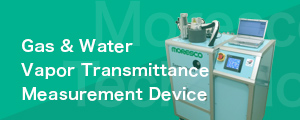Plunger lubricant: FAQs
- Can water-soluble lubricants be diluted for use?
- The compound is designed on the premise that it will be used as it is. It is not recommended to use diluted water-soluble lubricants.
- What is the best way to use water-soluble lubricants?
- Water-soluble lubricants contain water and are less diffusible than oil-based lubricant when applied.
Therefore, it is not suitable for dripping onto the high-temperature tip or directly under the hot water supply port inside the sleeve. It is basically recommended to apply by air mixing into the sleeve and also to the hot water supply port.
By mixing applying, it is possible to form a film in the sleeve and promote water evaporation. - Can oil-based lubricants and water-soluble lubricants be used in the same way?
- In general, oil-based lubricant is used by dripping it onto the tip and sleeve.
In contrast to this, it is preferable to use water-soluble lubricant by spraying it inside the sleeve. This is to quickly evaporate the moisture content and for quick attachment. - What merits are there in changing from oil-based lubricant to water-soluble lubricant?
- Water-soluble lubricants have lower combustibility than oil-based lubricants, so fewer components attach around the injection part and the environment is improved. Water-soluble lubricant also includes fewer active ingredients, so it can be expected that the amount of gas enveloping the products will be reduced, the casting surface on the product will be improved and there will be fewer failures due to pin holes. In addition, flame and oil smoke will be reduced.
- What is the difference between oil-based lubricant and water-soluble lubricant?
- Oil-based lubricants are 100% oil (with dispersed solid lubricant). Water-soluble lubricants are an emulsification of oil (with dispersed solid lubricant) and water. Put simply, the difference is that one contains water and one does not.







